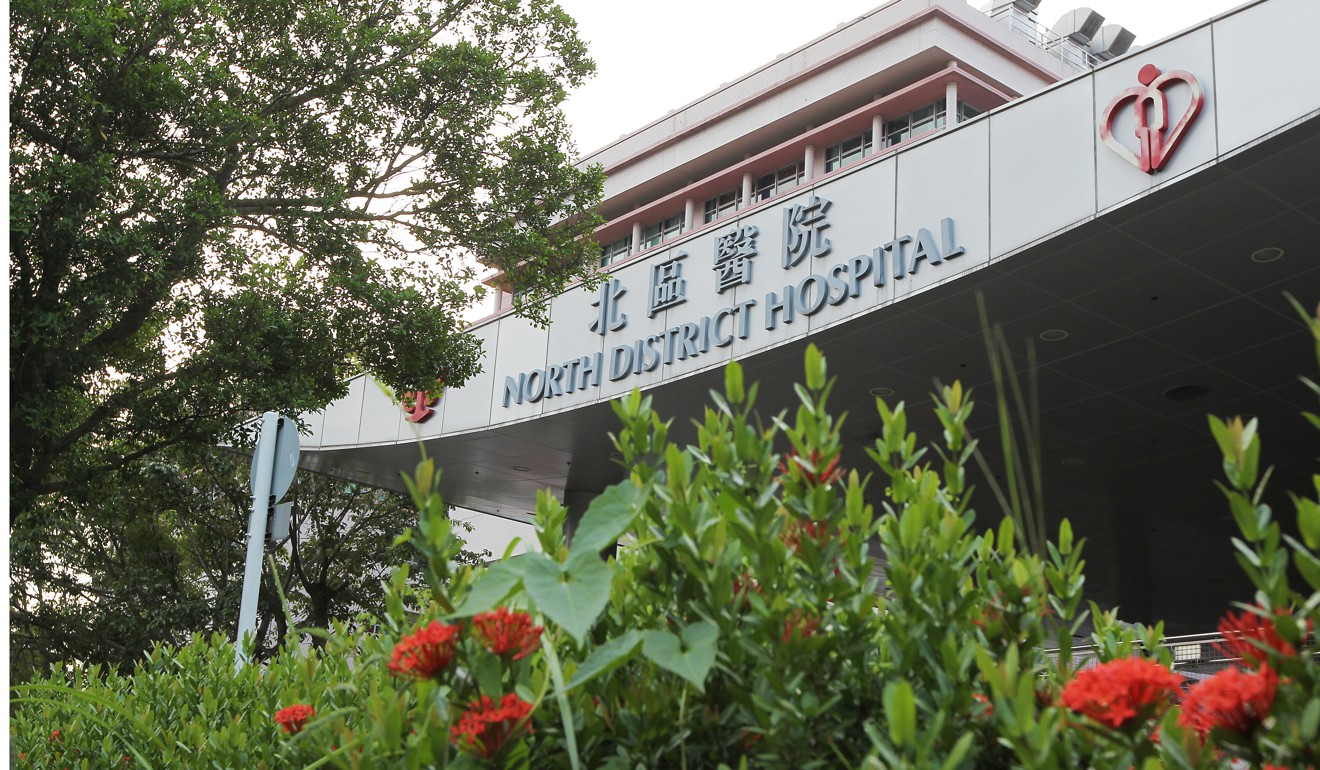
Use tablets to keep track of surgical instruments, award-winning Hong Kong nurse urges
Operating theatre manager Alick Chiu, 59, considers this the next big step in operation preparation for public hospitals
Surgical safety in Hong Kong’s public hospitals would make another leap forward if the paper count sheets used to keep track of medical instruments for operations could be replaced by electronic tablets, according to an award-winning nurse who has witnessed the evolution of the city’s operating theatres over several decades.
Software on the tablets would be able to alert nurses to inconsistencies in the numbers, said Alick Chiu Hak-fai, 59, operating theatre manager at North District Hospital.
“Chances of miscalculation or [errors due to misread] handwriting can then be further reduced for better safety,” he said.
Chiu was awarded the 2017 Outstanding Staff prize by the Hospital Authority for his service in the public sector since the 1970s.
According to Chiu, except for Tseung Kwan O Hospital – which has used electronic tablets for about two years – public hospitals are still using paper count sheets for nurses to note down and verify the instruments used in operations.
Instruments found inside patients, wrong person gets surgery: Medical mishaps haunt Hong Kong public hospitals
The count sheets are as large as three pieces of A4 paper and have tables printed on both sides for nurses to check types and write numbers. The work is fairly complicated given the number of instruments and operations involved.
For a major abdominal surgery, a basic full tray contains as many as 48 items, including clips, scalpels and forceps. In addition, nurses are required to maintain good command of numerous medical machines – five to six hundred these days for Chiu’s colleagues in North District Hospital.
In the 2015/16 work year, 25 hospitals and clinics under the Hospital Authority carried out more than 485,000 surgical operations and reported 56 misadventures to patients during surgical and medical care.
Chiu said medical accidents due to mistakes in checking instruments were rare, but did occur.

In 2010, Chiu was part of a medical malpractice investigation. In that case, an eight-inch copper plate had been left in the body of a 72-year-old female patient after an operation to remove a tumour. The patient had to suffer another cut after the nurse checking the instruments used found that they were one piece short.
“Of course I hope the papers can be replaced by computers as soon as possible, but it takes time and resources,” said Chiu, who has witnessed how the city spent 40 years developing a computerised system for public hospitals to search, order and track all surgical instruments with bar codes.
He considered the widespread use of a full-fledged electronic tracking system – achieved about three years ago – to be the most recent milestone in surgery preparation, “after pre-packed trays of sterilised instruments were introduced in the 1970s”.
Unclear markings, failure to double check to blame for blunder which saw surgery done on wrong side of patient’s skull
When Chiu first joined Queen Elizabeth Hospital as a student nurse in 1978, hospitals were just starting to transition away from a method for preparation of surgical instruments jokingly referred to as “a la carte”.
Nurses in the 1950s and 1960s had to remember all the instruments ordered for a surgery, sort and sterilise them as quickly as they could, then transport the tools to the operating room, fresh out of the steaming oven and sometimes too hot to use immediately
The introduction of the “tray sets” – standardised instruments sterilised and pre-packed in a tray with a checklist describing what type of operation they were for – was an early milestone in improving the efficiency and safety of surgery preparation.
Time for preparation was gradually reduced as information technology developed and eventually halved after 2014, with the tracking system widely in place in public hospitals, Chiu said.
The operating theatre manager, who is retiring next year, said he hoped the road to the next milestone – switching from paper count sheets to hand-held computers – would be shorter.

